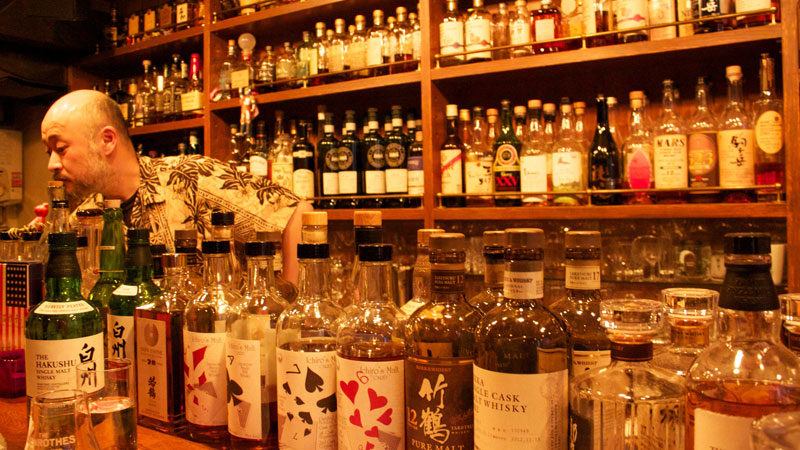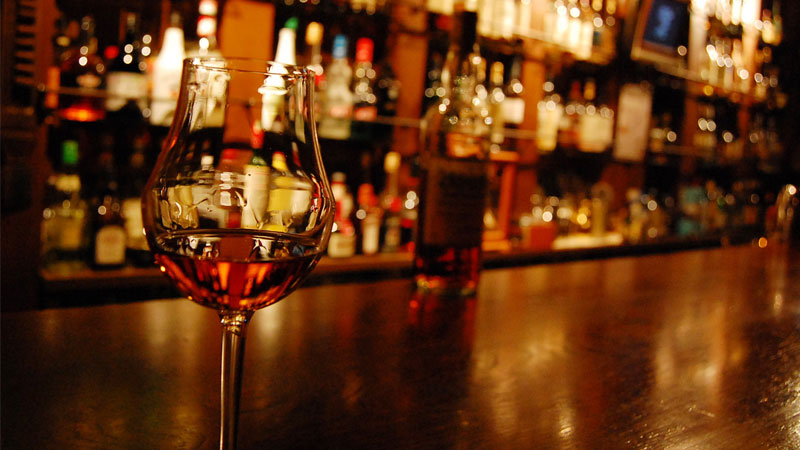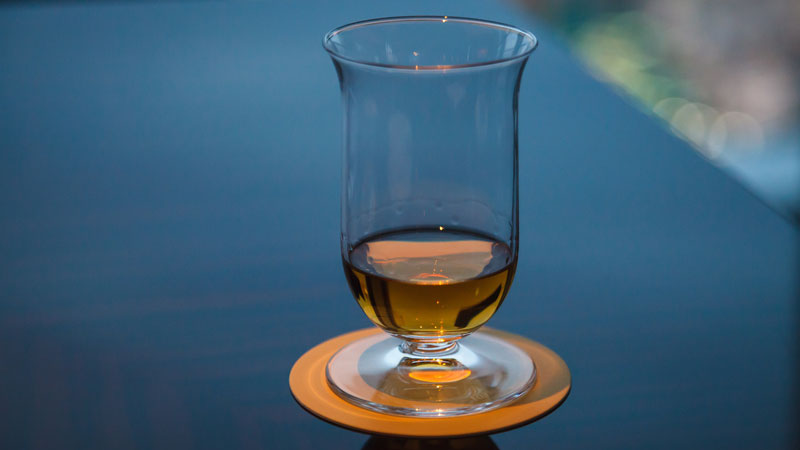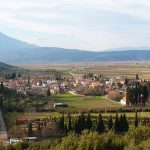Why Japan does whisky bars better than anyone?
The Geisha Hour is set to begin in Kyoto’s Gion neighborhood. It’s late at night, and green-robed creatures emerge from doorways and flit through Ponto-chō like spirits from a Miyazaki film. I saw crowds of visitors roaming the streets, trying to catch a peek of the Geishas, but the Geishas are notoriously quick. Seeing one puts a chill up your spine. It’s like spotting a pale fawn in the middle of a gloomy jungle.
“How about over there?” My friend points to a Starbucks, which doesn’t fill me with confidence. Then I notice next to it, small and nondescript, a little sign that simply says ‘BAR’, with an arrow pointing down some stairs. It doesn’t look very promising.
“That looks underwhelming. Can’t we find some cool whisky bar?” I say. “I hear they have grand pianos and Bill Murray and stuff.”
“Let’s just try it. We can always wander the streets of Gion if it turns out to be lame.”
As we descend the stairwell, the sound of the Starbucks becomes muffled. Left, right, left, right, left, right, left, right, left, right, left A small sign with the word ‘BAR’ appears once more. The path is indicated with an arrow (the Miyazaki vibes are beginning to build). And then there’s a wooden door; we push it open. Inside, you’ll find the epitome of understated Japanese elegance. Dozens of tiny glass cases, each meticulously numbered, cover the walls, containing a collection of the world’s greatest whiskies. Row upon row upon row of Yamazaki and Glenmorangie, Nikka and Talisker, fresh-faced Japanese amber and peaty Scottish malt. There’s a piano in the corner (check) and a bowtied bartender behind the bar, his well-oiled hair combed to a razor part. The walls reverberate with the sound of soft jazz. A couple whiskey nerds (called otaku in Japan) are drinking their drinks at the far end of the bar.
Japan is a country that appreciates the allure of a cliché. In my head, I can almost hear Sofia Coppola performing cartwheels. But, in a nation that has made its mark on the world whiskey stage, encounters like this one aren’t all that rare.
It most likely started in 2001, when Nikka’s Yoichi Single Case was named Whisky Magazine’s Best of the Best. The Yamazaki 12-year was the next to win a gold medal in the 2003 International Spirits Challenge. Yamazaki’s Sherry Cask recently took first place in Jim Murray’s authoritative 2015 “Whisky Bible.” It was a watershed moment for people who thought excellent whiskey meant a windswept Scottish moor, a babbling creek, and a well-antlered stag drinking a single malt.
The history behind all of this is fascinating because it was Scottish whisky that gave rise to the Japanese scene in the 1920s. Masataka Taketsuru, the creator of Yamazaki, was sent to the University of Glasgow to study chemistry (the first Japanese person to do so) and returned home in the 1920s to establish Japan’s first whiskey distillery, largely based after the Scottish manner. It was ineffective. The smokey Scotch-like flavor did not appeal to the Japanese palate, so Taketsuru set about improving it. Making something fresh, smoother, and more delicate than its forefathers. Japanese whisky (spelled without the ‘e’ in Japan) was born. And nearly a hundred years later, the rest of the world is finally taking notice.
It doesn’t really matter if you prefer Japanese whisky to its Scottish, Canadian, or Tasmanian counterparts. Because the more I traveled in Japan, I discovered that just a portion of their whiskey culture exists within the glass. It lives in the attention to detail: the frozen spheres of ice chosen for their form and size, gradually warmed by clockwise motions in the palm; the exact pouring operation; the bartenders in their impeccable clothing; the gentle lighting and piano music. It’s a very Japanese perspective to life in general: if something is worth doing, do it as good as you possibly can. Observing our bartender make a single dram of whiskey is like to seeing an Ikebana flower arrangement or a bonsai artist care to a small universe. It’s a unique experience that’s difficult to recreate anywhere. Even if the facts are correct, a Japanese whisky bar in New York, Melbourne, or London always seems like someone who has read the music but has never heard it performed. Authenticity, I suppose, cannot be faked.
We sit at the bar for over an hour, debating the merits of various labels and conversing with the bartender, who turns out to be a part-time illustrator. On the back of a napkin, he sketches a few anime cartoons for us. A young lady with a samurai sword. A scaled monster crushes a city with its massive clawed feet.
Eventually we say goodbye to the whisky den and climb back up to the street and the Starbucks. I look back, half expecting the little sign to have disappeared, but it’s still there. Inconspicuous but there.
“Food?” I ask.
“Food,” says my friend.
We walk on into Gion’s rain-slicked backstreets, the whisky warming us from the inside. At one point I see a flash of green disappearing around the corner, but by the time we catch up, it’s gone.



















